In this article, we will explore some of these advanced techniques and how they can revolutionize your photography workflow.
HDR Photography
In order to capture the full dynamic range of a scene, photographers often resort to High Dynamic Range (HDR) photography. This technique involves taking multiple shots of the same scene at different exposures and blending them together to create an image with stunning details and vibrant colors. HDR photography can be particularly useful in landscape photography, where maintaining details in both the highlights and shadows is crucial.
- Highlight and preserve details in both shadows and highlights
- Create visually striking and vibrant images
- Enhance the overall dynamic range of your photographs
Long Exposure Photography
Long exposure photography involves using a slower shutter speed to capture motion over an extended period of time. This technique can create stunning effects such as motion blur, light trails, and smooth water surfaces. By using a tripod and a neutral density filter, photographers can capture long exposure shots even in bright daylight, opening up a whole new realm of creative possibilities.
- Create dramatic and surreal effects
- Smooth out water surfaces and emphasize motion
- Capture light trails and starry night skies
Focus Stacking
One of the challenges in photography is achieving a deep depth of field while maintaining sharpness throughout the image. Focus stacking is a technique used to overcome this limitation by capturing multiple images at different focal points and then merging them together to create a final image with an extended depth of field. This technique is particularly useful in macro photography and product photography, where every detail counts.
- Create images with an extended depth of field
- Ensure sharpness and detail in every part of the image
- Perfect for macro photography and product shots
Time-Lapse Photography
Time-lapse photography involves capturing a series of photos over an extended period of time and then playing them back as a fast-paced video. This technique allows photographers to condense hours or even days into seconds, revealing the passage of time in a visually striking manner. Time-lapse photography can be used to capture the changing colors of a sunset, the movement of clouds, or the hustle and bustle of city life.
- Create captivating videos that condense time
- Highlight the passage of time and capture subtle changes
- Capture stunning sunset and cloud movements
Post Processing Techniques
Once you have captured your images, the post-processing stage plays a crucial role in fine-tuning and enhancing your photos. Advanced post-processing software like Adobe Photoshop and Lightroom offer a wide range of tools and features to take your images to the next level. From adjusting exposure and colors to removing unwanted elements and applying creative filters, post-processing techniques can transform your photographs into true works of art.
- Adjust exposure, colors, and tones to achieve desired results
- Remove unwanted elements and distractions from your images
- Apply creative filters and effects for a unique look
In Conclusion
As technology continues to advance, photographers have more tools and techniques at their disposal than ever before. By exploring advanced techniques such as HDR photography, long exposure photography, focus stacking, time-lapse photography, and post-processing, you can elevate your photography workflow to new heights and capture truly breathtaking images. Embrace these advanced techniques, experiment, and let your creativity flow. The possibilities are endless.

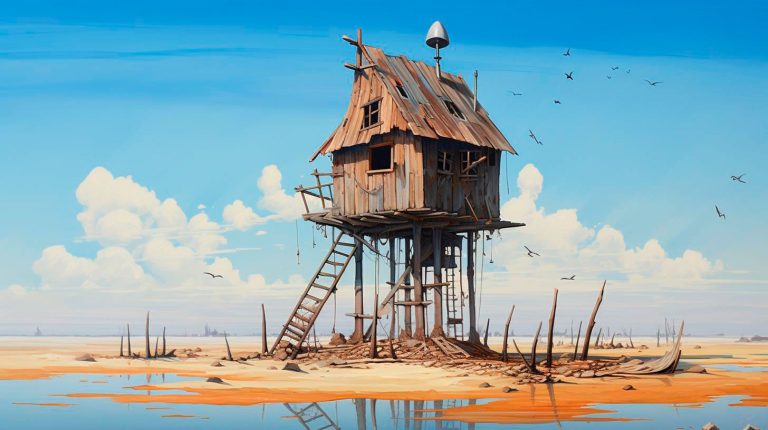
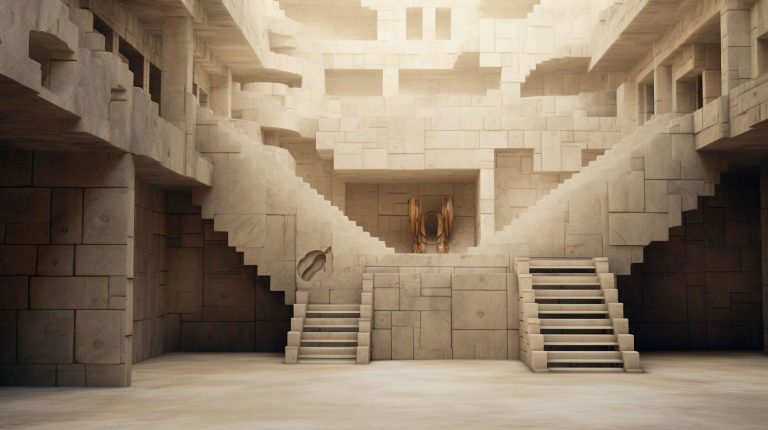
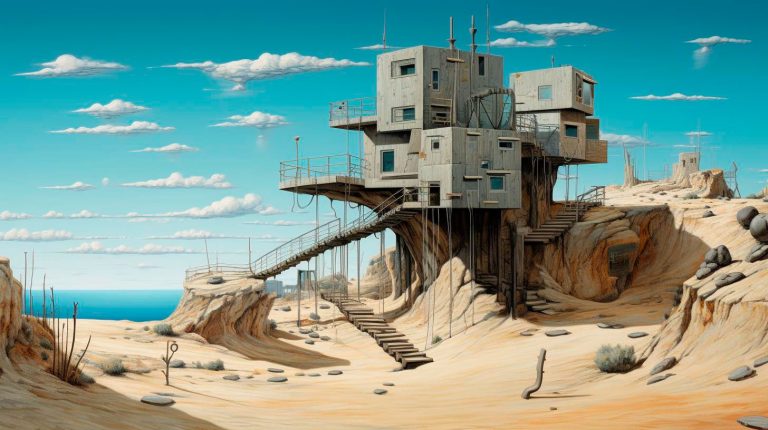

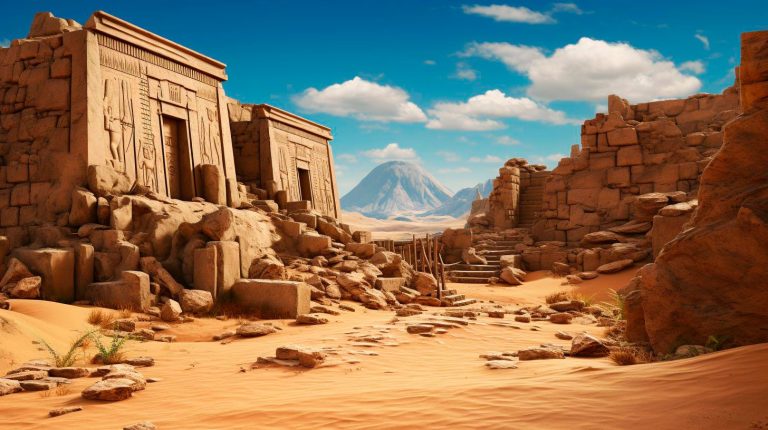
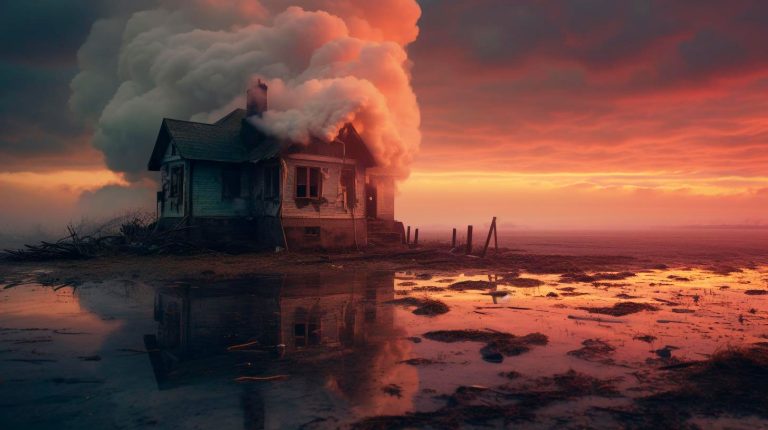


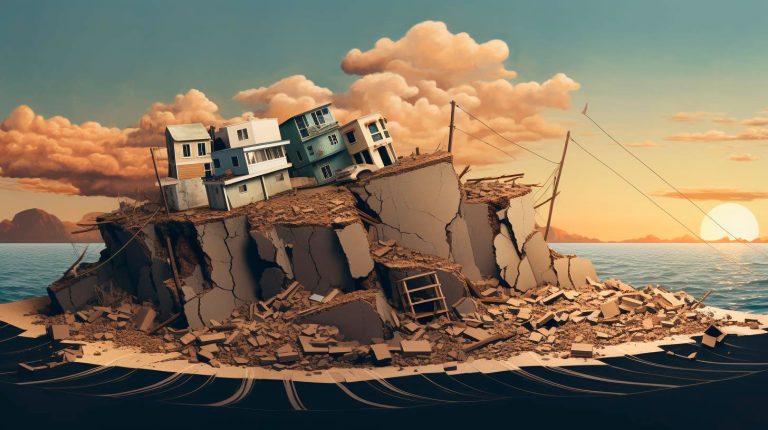
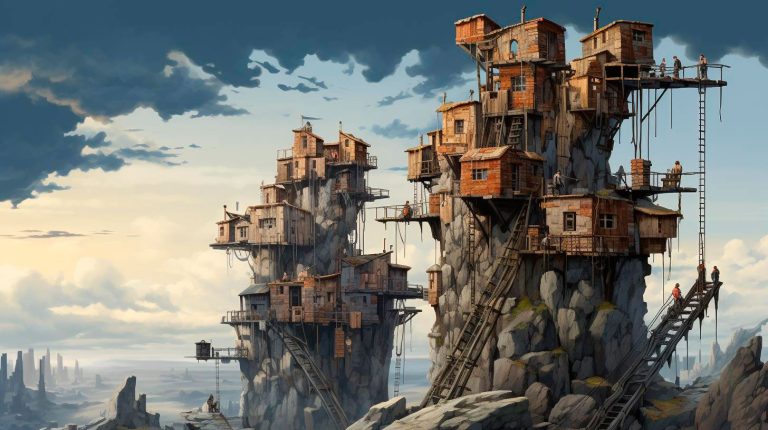







+ There are no comments
Add yours